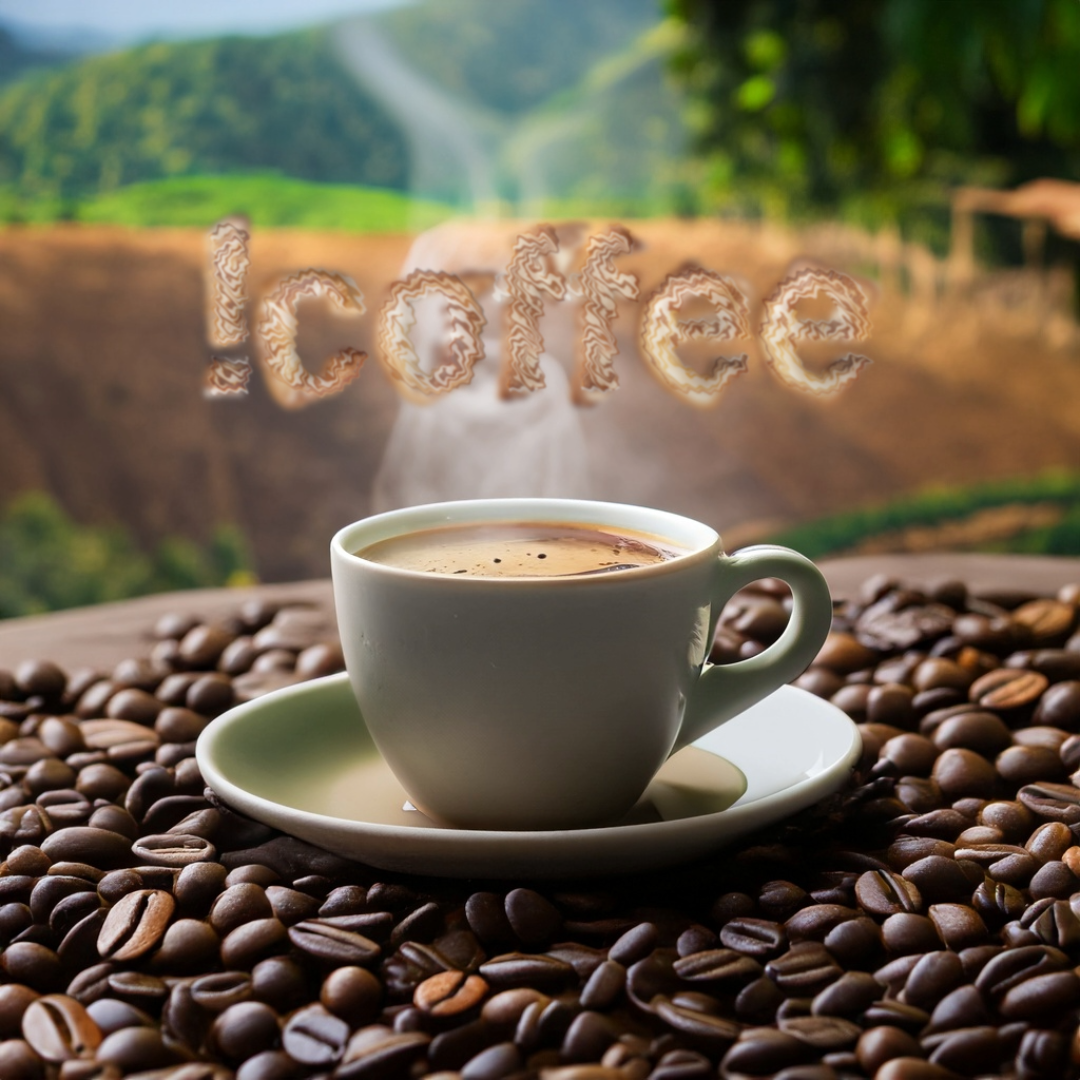I had never really thought about using an immersion brewer as a pure pour-over device but just had a mind blowing honey process Ethiopian, and I noticed barista was brewing it in a Hario switch with the switch open the whole time. Tasted as good as a v60 brew to me. I’ve been wanting to try immersion brewing for a while. I get the sense this forum and many others lean more strongly towards the clever dripper. I imagine that device could also be kept open and used as a pour-over. Do you think an open Hario switch basically IS a v60? That sounds like the ultimate multi-Tasker to me. Am I missing something here? Any thoughts on the perceived lean toward clever? I’ve ruled out the plastic version and would be looking at glass clever vs switch.
Do you think an open Hario switch basically IS a v60?
It is. It’s just a glass v60 with a seal at the bottom
I didn’t know this sub preferred clever over the switch. The Hario Switch is great. And yes, it is just like a regular v60 when open.
I could be wrong about that, but it’s my impression it comes up more than the switch.
That sells me though. God knows I have enough coffee clutter - if I can condense my v60 and have an immersion brewer, this seems like the right solution for me!
In theory, there is a difference. Can people taste the difference? Probably some can. Can I? Don’t think so. If you’re really good at tasting, and you care about differences like this, then go for it.
I know that I enjoy my fruity specialty coffee, and it’s clearly different from the popular light roast available at my local supermarket. Is the difference really worth 5x price? Not every day, since the difference in taste and quality isn’t really that big for me.
Similarly, you have to assess can you even taste the difference. If you can, is it really worth it to you. The only way to know for sure, is to make a cup with each method, and compare them side by side.
Agree with experimenting, but also appreciate the experience of others and an understanding of the physics as that can help me buy less stuff and save some time.
For pour over the shape difference between flat and conical is noticeable, but that’s not surprising as the way the moving water interacts with the filter and grindbed is substantially different. For immersion, where you are Just holding the water in contact with the entire bed and then draining down through the filter, I have a hard time grasping that the final few seconds of draw down makes much difference relative to the minutes spent in suspension. I’ve been wrong once or twice before though.
From the perspective of chemical equilibriums, there is a clear difference.
In a normal V60, the solid bed is constantly fed with fresh water, while the permeate is also removed at roughly the same rate. This means, that it’s unlikely that the grinds would even come close to an equilibrium with the water phase. If you want to maintain maximum rate of extraction for all compounds, this is the way to do it. In the short term, it makes sense to do so, because that’s how you make delicious coffee. However the longer you keep irrigating, the less useful it gets.
Immersion brewing leads to a situation where different compounds will begin to approach an equilibrium. If that happens, the rate of extraction will slow down, which can be good or bad depending on the compound you’re talking about.
Fortunately though, sugars tend to extract rather quickly whereas compounds responsible for bitter notes require more time. The problem is, I don’t really know if any of them will come close to an equilibrium in immersion brewing.
I love my Switch. I got a size 03 so when I want to do immersion, I can play with bigger volumes. I have a 02 glass V60 as well, and can swap that onto the switch if needed.
Follow up question. I typically prefer flat bottom for my pour overs (use blue bottle dripper) and usually use v60 for washed beans only. I would imagine in immersion mode the shape doesn’tatter as much though? Think that the flat bottom of the clever gives a different immersion experience than the conical switch?
Good question, and I’m not sure. In comparison to a pour over, the majority of the extraction will take place during the immersion phase, so I would guess shape doesn’t matter as much. A conical brewer typically has a faster draw down compared to flat bottom, which may benefit you as you’re trying to remove the coffee when the immersion phase is complete. But this is all speculation!
I like the Switch because I can tinker with different recipes easily, adding an immersion phase at different points. Check out Tetsu Kasuya’s “God Recipe” for one idea.
I’ve used the clever as a pourover, and the main difference i noticed is a slower drawdown due to the much smaller hole vs the v60. So it ends up tasting like a chocolatey CCD brew anyway.
In a recent video Lance Hendricks showed that the filter paper touching the side of the brewer is what draws water out of the brewing process to bypass going directly through the bed. So the immersion of an Aeropress is not using this mechanism at all since the entire water is being pushed through the bed of coffee and immersed whereas a hario switch some of the water is still bypassing the bed directly.
How much this matters is less the shorter the period of time before the water is pulled around and outside. But it also means there isn’t really just one immersion or v60 like brewer because it depends on so many factors to determine bypass and extraction. The angle of the brewer, the contact of the paper, the technique in agitation it all impacts how gets extracted. Still as a basic idea these v60 like devices that can be closed do provide almost the same thing up to the point when you open them up at which point they will behave like a v60 and there isn’t anything you can do about that. How much that matters is hard to really know they taste pretty similar to me but Lance’s video is worth a watch because it does at least show there is a difference and that will have some impact.
The bypass thing is real. It doesn’t matter all that much but it makes a difference. That’s why most geeks will also tell you to pour on the grounds, never on the paper.
You should check out the tricolate brewer. Full-immersion, but designed to have no bypass. And it makes surprisingly good coffee. I was dubious at first, but it is kind of neat.
I love my Clever Dripper immersion brewer. Great device for the money.



